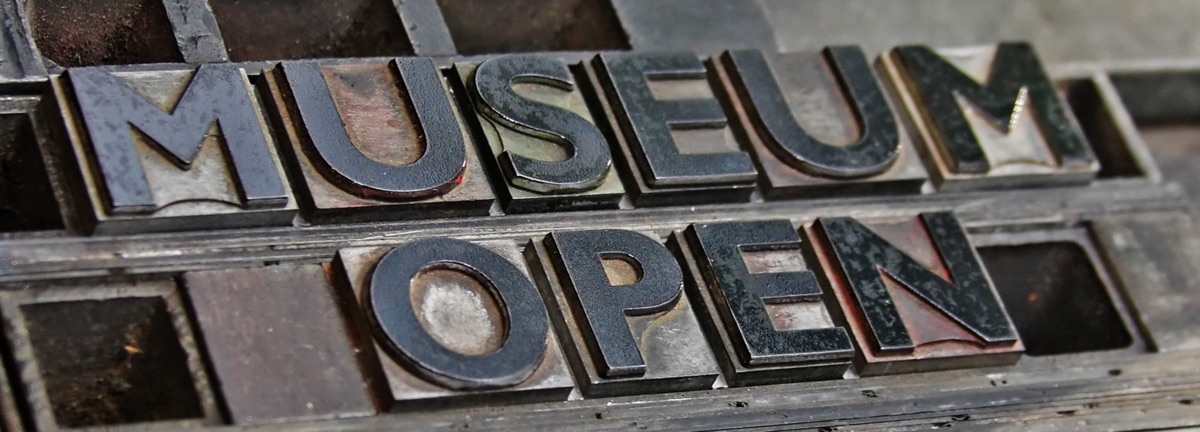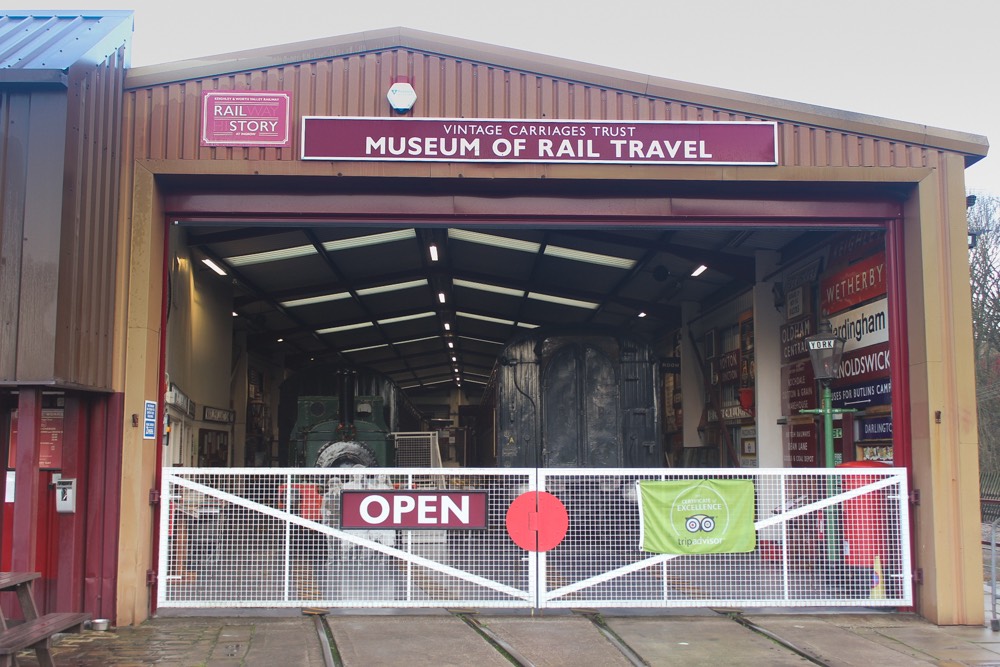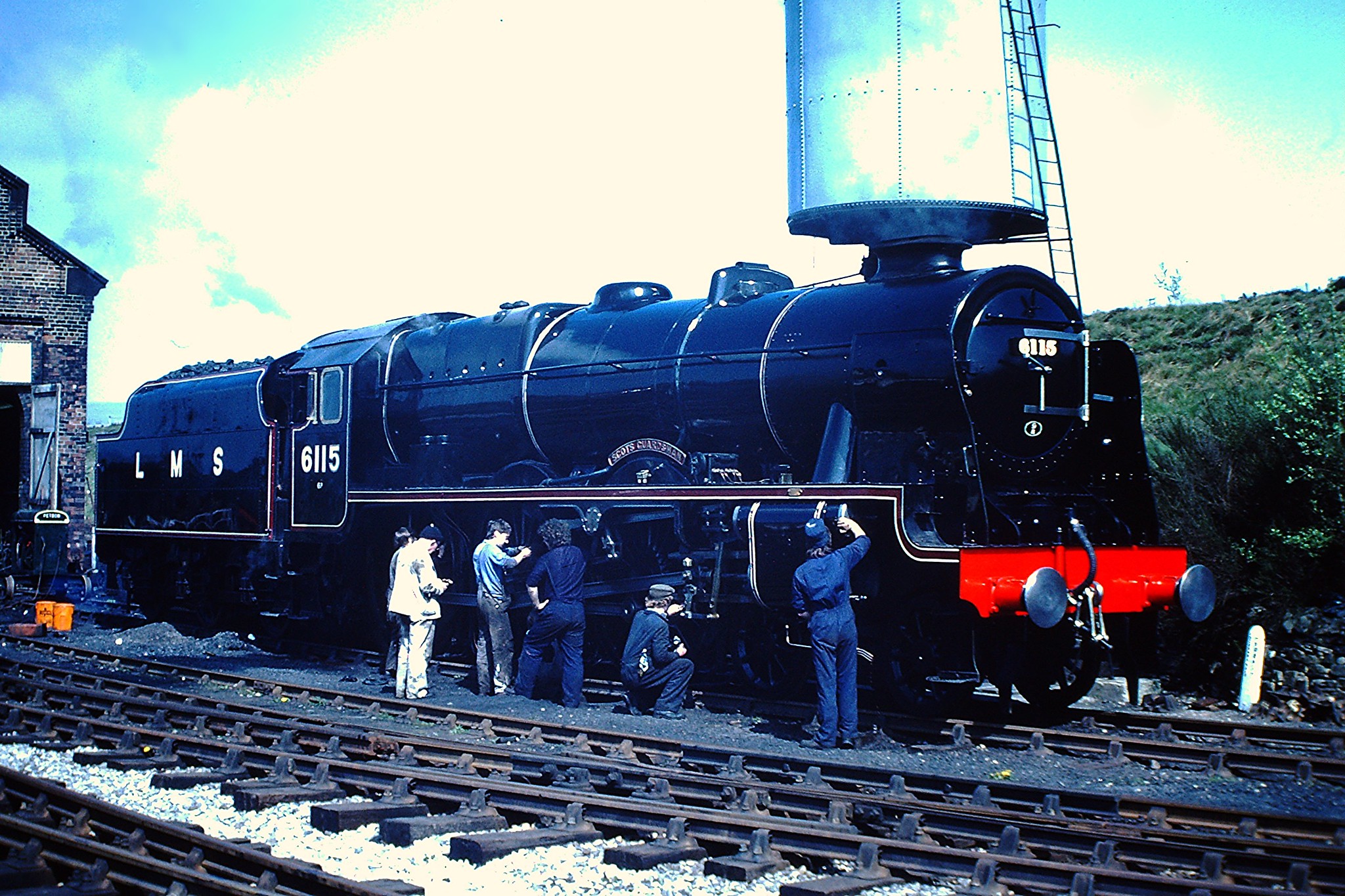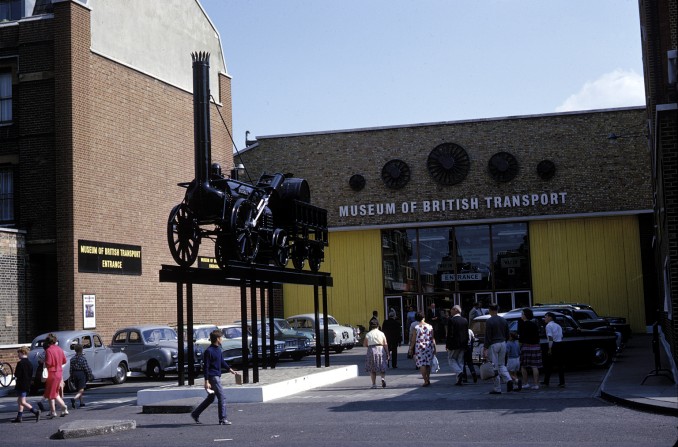When we began the Museums in the Pandemic project, we anticipated that some museums might be forced to close permanently as a result of pandemic restrictions. What we didn’t anticipate is that so many new museums would open during this period. As far as we know, fourteen museums have opened between March 2020 and September 2021. Five opened in 2020 and nine new museums have opened so far this year. Two are run by local authorities, while the rest are independent. Most of the museums were at least at the planning stage before the pandemic began, although in some cases we have not been able to determine when their development initially began.
After the pandemic was officially declared, the first new museum to open was forced to close just a few days later with the announcement of the initial nationwide lockdown in the UK. This was the Malton and Norton Heritage Centre in North Yorkshire, which displays the Woodhams Stone Collection. The collection is an amalgamation of two separate collections acquired by Sid Woodhams, a former curator at Beck Isle Museum in Pickering, and John Stone, former Mayor of Norton, who are long-term friends. Work began on refurbishing a bookmakers’ shop to provide accommodation for the heritage centre in Autumn 2019, and it opened briefly in March 2020 before having to shut its doors.
Perhaps unsurprisingly, many of the planned openings were delayed by lockdowns. The first museum to be affected was The River Tweed Salmon Fishing Museum. It was due to open in May 2020, but the pandemic put paid to those plans and it eventually opened four months later. Based in Kelso, Scotland, the museum was in development for three years by a group of volunteers and tells the story of the fishing techniques that developed in the area and their influence on the development of the Eastern Borders. The displays combine items from several private collections.

The last museum to open in 2020 was also delayed by the pandemic. The Radlett and District Museum in Hertfordshire is run by the Radlett Archives Group, a Charitable Incorporated Organisation. They initially kept their archives in the local library, but now have permanent, purpose-built premises at the rear of the village institute. The building was constructed in January 2020 but fitting out the museum was held up by the first lockdown. Work resumed in the summer and the museum opened in October 2020. In common with other museums, they were forced to close for the second and third lockdowns but are now open two days a week.
No fewer than three museums opened in May 2021 and all of them had been some years in development. In London’s Covent Garden, Bow Street Police Museum occupies part of the former Bow Street Police Station, which closed in 1992. The adjacent magistrate’s court closed in 2006 and a hotel developer purchased the empty building in 2017. As a condition of granting planning permission for the hotel, Westminster City Council stipulated that a museum be created on the site. An independent curator was commissioned in 2019 and the museum, run by a charity, opened less than two years later.

Also in London, Southwark Council redisplayed some of the collection formerly on show in the Cuming Museum, which closed in 2013 after a fire, in the new Southwark Heritage Centre & Walworth Library. Objects are displayed in cases throughout the library, but there is also a separate gallery dedicated to the borough’s heritage. Originally intended to be completed in December 2020, the opening was postponed by five months although it is unclear whether the delay was due to the pandemic.
The third museum to open in May was The Great British Car Journey in Derbyshire. The brainchild of Richard Usher, the collection of cars designed and made in Britain began with an offer of a single car and over the course of four years grew to almost 150 vehicles. The cars are displayed chronologically and around thirty-two are available for visitors to drive. The museum was originally scheduled to open in 2020, but two of the founders faced health problems and the pandemic also contributed to the delay.
The following month, a small local authority museum opened in at the town hall in Leigh, Greater Manchester. The town hall houses the archives of Wigan Borough Council and has undergone a major refurbishment. Originally due to be completed in April 2020, the project was significantly delayed by the pandemic and the town hall eventually reopened in June 2021. Objects from the archives are displayed in a new purpose-built exhibition space that illustrates the history and culture of the borough.

A major new museum in the Scottish Borders also opened in June 2021, after years of planning. The Great Tapestry of Scotland, in Galashiels, displays a 160-panel tapestry that tells a people’s story of Scotland. A thousand stitchers contributed to the project, which was originally the idea of author Alexander McCall Smith. The tapestry itself first went on show in 2013 and toured a number of venues in Scotland. Plans for a permanent home were in development from 2014 and Galashiels was chosen as the site in 2016. The museum is part of plans to regenerate the town and received capital funding from various bodies including the Scottish Government.
Three museums focused on railway heritage opened in August and September, and all of them were in development well before the pandemic began. A new museum inside Glasgow Central railway station opened in August, having been planned since at least 2019. Developed in collaboration with students from the Glasgow School of Art, the museum tells the story of the station from 1879 with a wide range of objects. Unlike the other museums mentioned here, which are all directly open to the public, this one is only accessible during guided tours of the station.

Along similar lines is the Doncaster Rail Heritage Centre, which opened in September after years of planning by Heritage Doncaster. The Centre is housed in the Danum complex that includes a library and two other museums, and the core of the collection comes from Doncaster Grammar School’s Railway Society, which began collecting in 1948. The National Railway Museum has loaned two locomotives, both built in Doncaster, to complement the other exhibits.
The most recent of these railway museums to open is in Bishop’s Castle, Shropshire. The Weighbridge Museum is the result of years of work by the Bishop’s Castle Railway Heritage Society. The project began in 2017 with a derelict weighbridge building, and after sustained effort from a group of volunteers and some professional builders, the museum opened in September 2021. It records the history of the Bishop’s Castle Railway, opened in 1865, that joined the town to Craven Arms, ten miles away.
There are a few museums that opened in this period where we know much less about how long they were in development before opening. One was the first new museum to open after the initial UK lockdown was lifted. It is dedicated to the footballer Duncan Edwards, and opened in Dudley in the West Midlands in August 2020. Situated above a shop and run by a charitable foundation that was founded two years earlier, the museum tells the story of Edwards, who played for Manchester United. He was amongst the team members in the 1958 Munich air crash and died in hospital fifteen days later at the age of twenty-one. The museum includes a display on the Munich disaster and period rooms focussed on Edwards’ life.
Also opened in August 2020 was a new museum devoted to Cockney Heritage. It was founded by George Major, the Pearly King of Peckham. It isn’t clear how long George had been planning the museum for, but he began collecting cockney heritage sixty years ago after becoming concerned about that heritage being lost. The museum features a mock-up of a nineteenth-century street and a display of pearly king and queen suits adorned with mother-of-pearl buttons. Traditionally a cockney is anyone born within the sound of London’s Bow Bells, but the Original Cockney Museum is in Epsom, Surrey, a site chosen for its much lower running costs than central London.

Lastly, Milton Keynes gained a new independent museum in August 2021 with the opening of the National Film and Sci-Fi Museum. Building work was underway in December 2020, but we don’t know how long the museum was in development before that. The collection includes costumes, props, and images from film and television productions including Star Wars, James Bond, and Harry Potter. Run by a charity, the museum is also connected to a company that runs events for film and comics fans.
The pandemic has doubtless presented numerous challenges to museums, but it has not prevented many new museum projects from coming to fruition. Some of them had been in development for years, with the collection now on show at the Malton and Norton Heritage Centre being formally established a decade earlier and the Great Tapestry of Scotland first going on show in 2013. Other projects have had shorter timescales, but many of them have been delayed by lockdowns. We began our research into this period expecting it to be marked by permanent closures, so it has been a welcome surprise to see so many museums opening.
Mark Liebenrood
(header image by Leo Reynolds)












